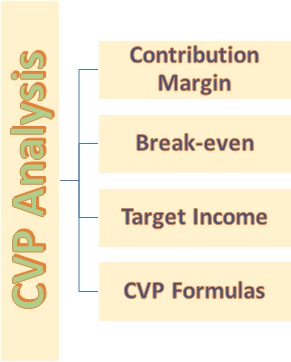Break-even Analysis
The break-even analysis involves the determination of the costs or sales of where a company makes no profit or loss. At break-even point, a company makes no profits or losses meaning that all its revenue covers all the fixed and variable costs, and nothing is left as profit.The purpose of break-even analysis is that it helps managers to identify the lowest price it will charge for its products or services. Secondly, break-even analysis enables the management to determine the costs of different target profits needed.
Before moving into understanding how the break-even analysis is helpful as stated, it is important to first learn how to calculate the break-even point.
Break-even Formula
The formula for break-even point is:
Break-even = fixed costs ÷ contribution margin (Remember contribution margin = sales − variable costs)
OR
Break-even = fixed costs ÷ (sales −variable costs).
Example of Break-even Problem - Scenario
Bilboards Inc. specializes in providing highway roadside advertisement spaces in the city of Fantabla. The company is charging its customers $100 for one advertisement per session. Billboards Inc. incurs variable costs of 18,000 a month and fixed costs of $36,000 a month. If Billboards Inc. contracts and performs 600 advertisements per month, what is the break-even advertisements can the company do in a month?Solution to Problem - Break-even Approach
(Information given: variable costs = 18,000; fixed costs = 36,000; unit charge = 100; ads a month = 600)
Break even units/ads = fixed costs ÷ (per unit sales − variable costs per unit)
= 36,000 ÷ (100 − 30)
= 36000 ÷ 70
= 515 ads a month

